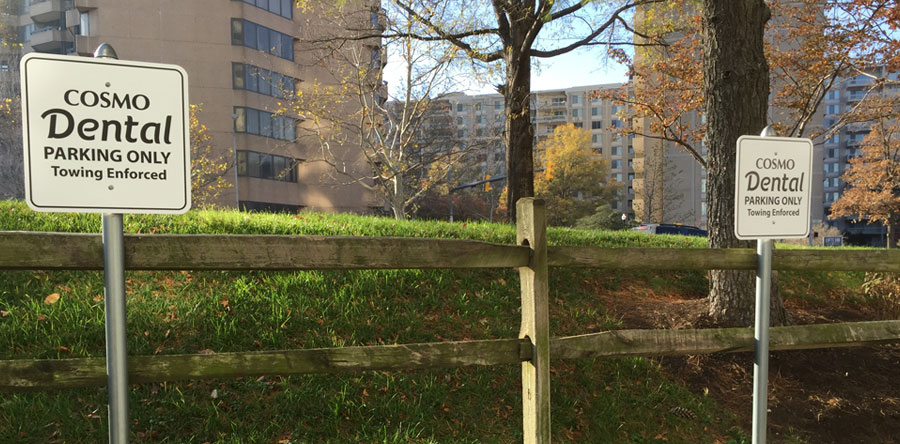Dental bridges are among the restorative and cosmetic dental procedures performed by professional dentists. A dental bridge is applied between two crowns to fill the gap left by the missing teeth. Application of a dental bridge is a restorative solution that can last for up to fifteen years with proper oral hygiene and regular dental checkups. After the bridge application procedure, you may feel uncomfortable to chew. Once you are accustomed to the bridge, food chewing becomes easy just like when using natural tooth. The bridge blends well with the shape, size and color of the existing teeth enhancing your general appearance.
Varying types of dental bridges
Dental bridges are available in three major types. It is the responsibility of your dentist to advise you accordingly in order to make an informed choice on the best bridge type. It is advisable to make yourself available for all the scheduled appointments before, during and after the bridge application for the success of the procedure. Regardless of the type of the bridge being applied, you may need to make at least three visits to the dentist for the procedure to be complete. Major dental bridge types include;
- Cantilever dental bridges– Normally, a bridge depends on the adjacent teeth present on both sides for support. However, there are cases whereby the adjacent teeth are only present on one side of the lost tooth. In this case, a cantilever bridge is the best type to fill the gap.
- Resin-bonded dental bridges– This type of bridges are made of plastic teeth and gum material secured by a metal frame. The metal wings are fixed between the adjacent teeth present on both sides of the existing gap.
- Traditional dental bridges– These are the most common type of bridges made of metal fused porcelain or ceramic material. These bridges are long lasting as they are strong having high resistance to pressure and moderate trauma. The procedure of replacing a tooth with this type of bridges entails making a crown on either side of the missing tooth and a replacement tooth being placed in the gap.
Reasons to consider a dental bridge procedure
Though other replacement options for missing teeth are available, dental bridges are among the most popular solutions. Placing a dental bridge to fill the gap of a missing tooth comes with the following benefits;
- Best option for recessed jaw bone– Dental bridge procedure is the best option for individuals with recessed jaw bones. This is because no bone grafting is required prior to bridge application as may be necessary for other tooth replacement procedures.
- No risk of falling– A dental bridge is securely cemented in between the existing teeth on either side hence fitting permanently in the gap. This eliminates risks of the bridge falling out at awkward time and places leading to embarrassment.
- Natural feel– A tooth replacement bridge does not cause irritation and feels like a natural tooth. For those allergic to metal, the dentist helps in selecting the bridge type made of a metal free material to prevent allergy. The individual forgets that a foreign bridge has been added into their mouth barely two days after the procedure.
- Adds natural beauty– A bridge applied to replace a lost tooth blends well with the existing natural teeth having resemblance in terms of size, shape and color. In addition, the bridge closes the gap left by the missing tooth. This enhances the appearance of an individual giving confidence to smile and talk.
How to care for a tooth replacement bridge
Life of dental bridges can be prolonged by using the following care tips;
- Good oral hygiene as the decay of adjacent teeth may lead to removal of the bridge.
- Routine dental examinations
- Reduced consumption of sugary foodstuffs.
Dental bridges are a safe solution for missing teeth.
For appointments and inquiries about our veneers, Invisalign, dental implants, and other general and pediatric dentistry services, simply call 571-210-4747. https://cosmosmilesdental.com and https://www.facebook.com/cosmosmiles/
